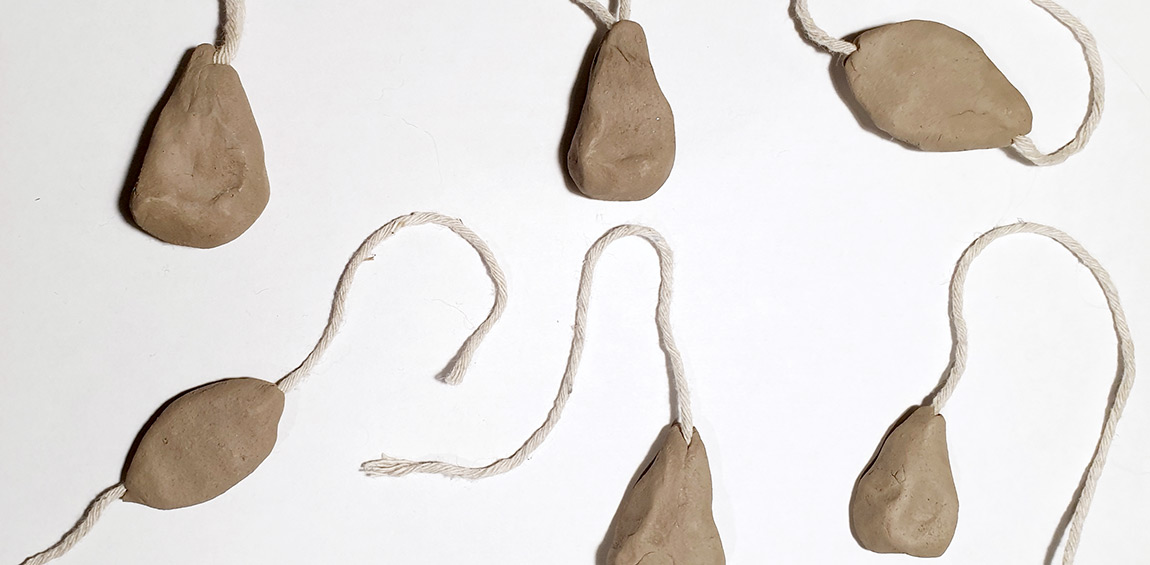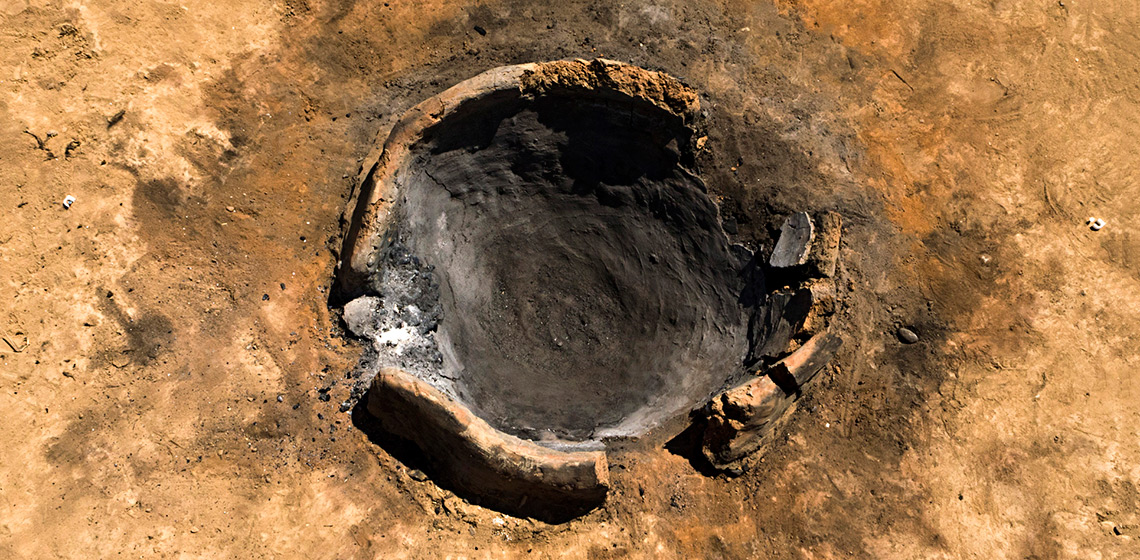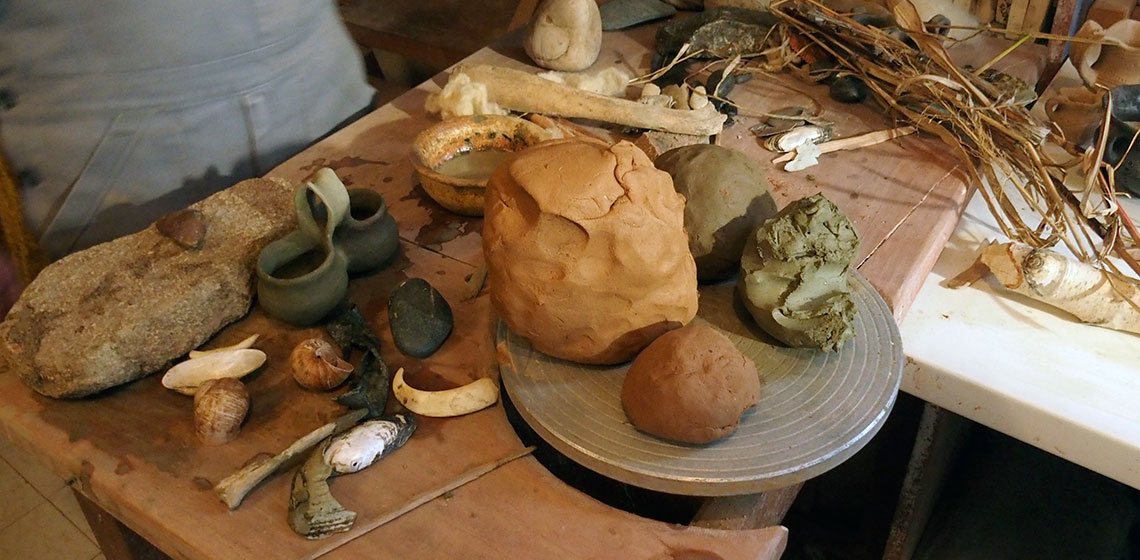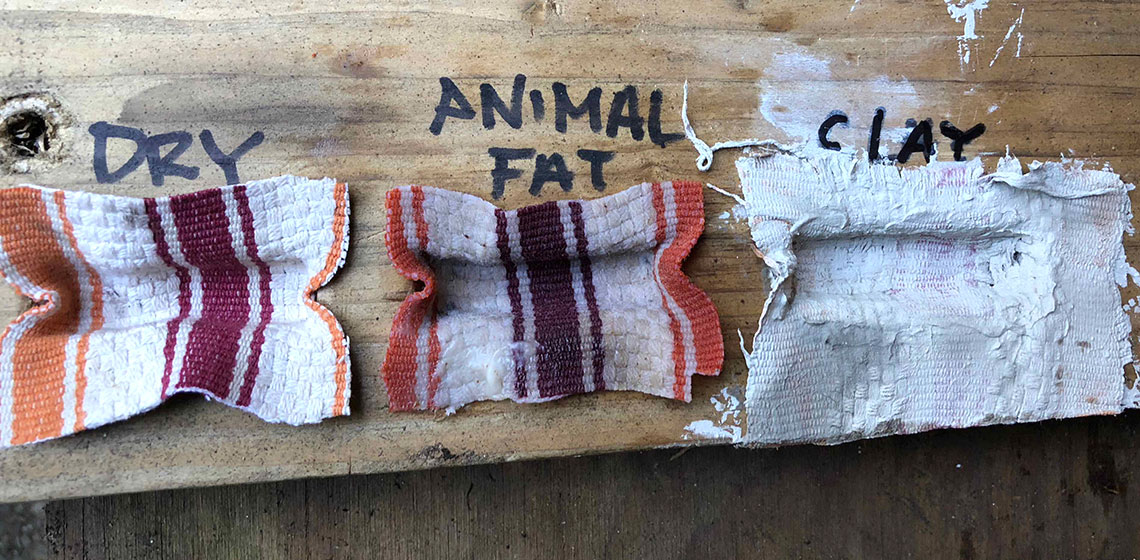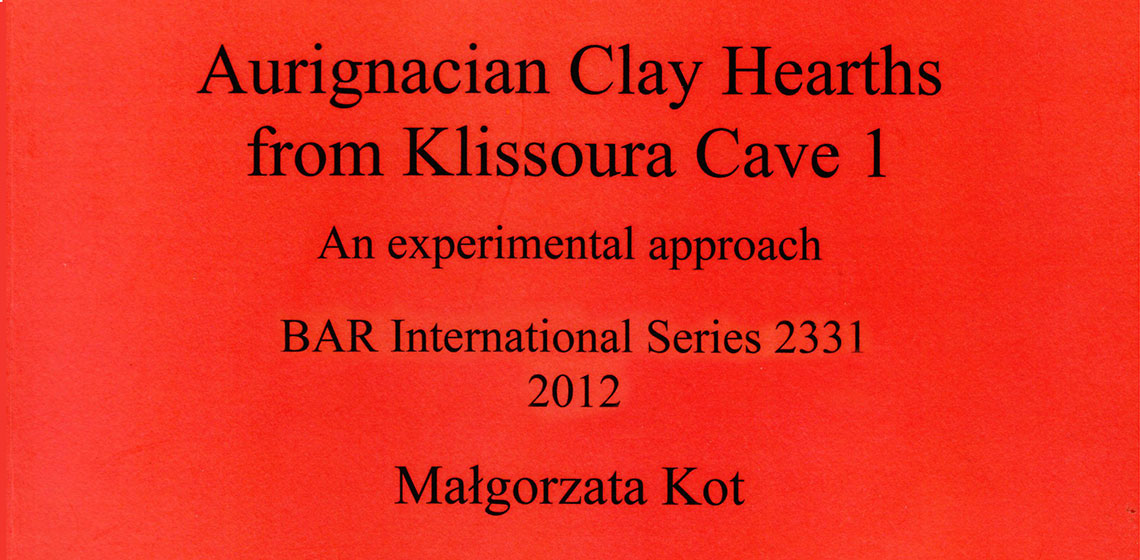clay
Shaping Minoan Clay Tablets and Hanging Nodules: Contributions from Experimental Research and X-radiography
Publication Date
This paper investigates the potential for experimental archaeology and X-radiography to improve our understanding of the manufacture and use of two categories of prehistoric Cretan administrative clay objects: clay tablets and hanging nodules. The results are encouraging: the simple and three-fold tablet shaping techniques can be distinguished confidently, incised writing that was erased can, potentially, be made visible again and...
Shedding New Light on the Pure Copper Metallurgy of the Chalcolithic Southern Levant Through an Archaeological Experiment
Publication Date
Two metallurgical traditions coexisted in the Chalcolithic Southern Levant: the lost wax casting of polymetallic alloys and the pure copper technology. Details of their operational sequences are still unknown. To date, no production sites of lost wax casting technology have been found. Only the main steps of the pure copper technology can be reconstructed from the archaeological record...
Crafting Beyond Habitual Practices: Assessing the Production of a House Urn from Iron Age Central Italy
Publication Date
A house-shaped urn dating to the Early Iron Age from Central Italy was technologically assessed in order to establish the forming techniques necessary to produce it. This hypothesized forming sequence was then tested through the production of two experimental urns. It was found that there is a meaningful relationship between the clay texture choices, the forming techniques, and the overall morphology of the finished object...
CRAFTER: Re-creating Vatin Pottery 2: an Examination of Clay Quality and its Behaviour
Publication Date
The Bronze Age Vatin culture has been known in archaeology as a cultural phenomenon distinguished by a specific material culture which existed between c. 2200 to 1600 B.C. in the region of the southern part of the Pannonian Plain, and the area along the lower Sava river and south of the Danube river. The Vatin culture followed on from the Early Bronze Age cultures in the region, indicating stabilization in this area after the disintegration of the Aeneolithic Vučedol culture by tribes from the Russian steppe (Garašanin 1979, p. 504; cf.
Textile Textured Silver Ingots: A Technical Investigation into how these Textures came to be on some Viking Hoard Ingots
Publication Date
The ‘West Coast Cumbria’ hoard, discovered in 2014, is a late ninth/ early tenth-century Viking silver hoard, housed at the Beacon Museum, Whitehaven, UK. It is composed of 20 Viking silver objects: bar-shaped ingots and ornaments, in various stages of fragmentation (PAS ‘Find-ID’ LANCUM-FA14C8). One, complete ingot (museum no. 2016.162.5) bears coarse cloth-impressions on its upper surface...
Book Review: Aurignacian Clay Hearths from Klissoura Cave 1: an Experimental Approach by Malgorzata Kot
Publication Date
About 90 concave, clay-lined hearths were identified during excavations of Aurignacian layers (ca. 35000BC in Klissoura Cave 1, Greece). Only two similar combustion features, identified at the Czech site Dolni Věstonice and defined as kilns, were known from Palaeolithic contexts before the excavations at Klissoura...

